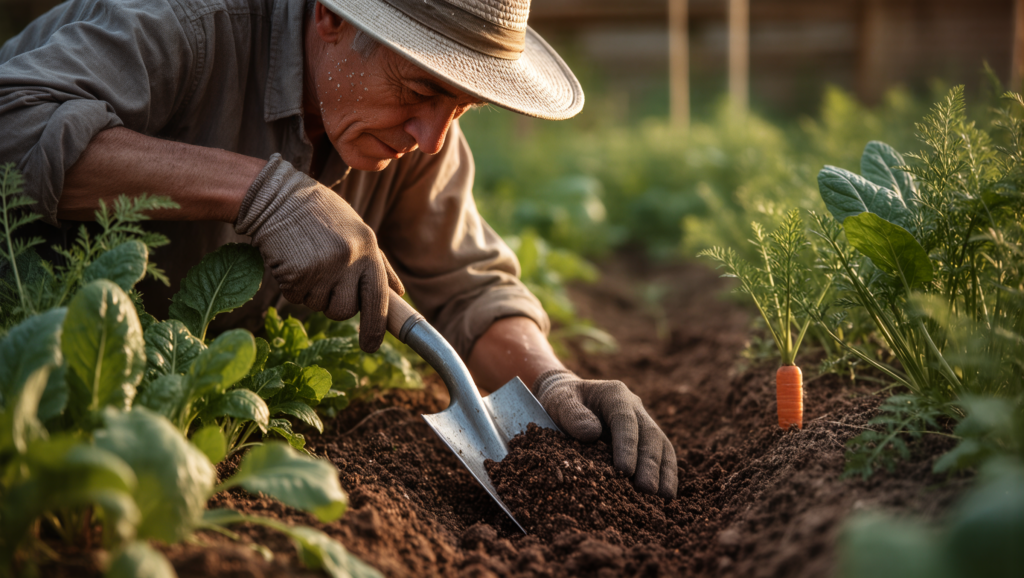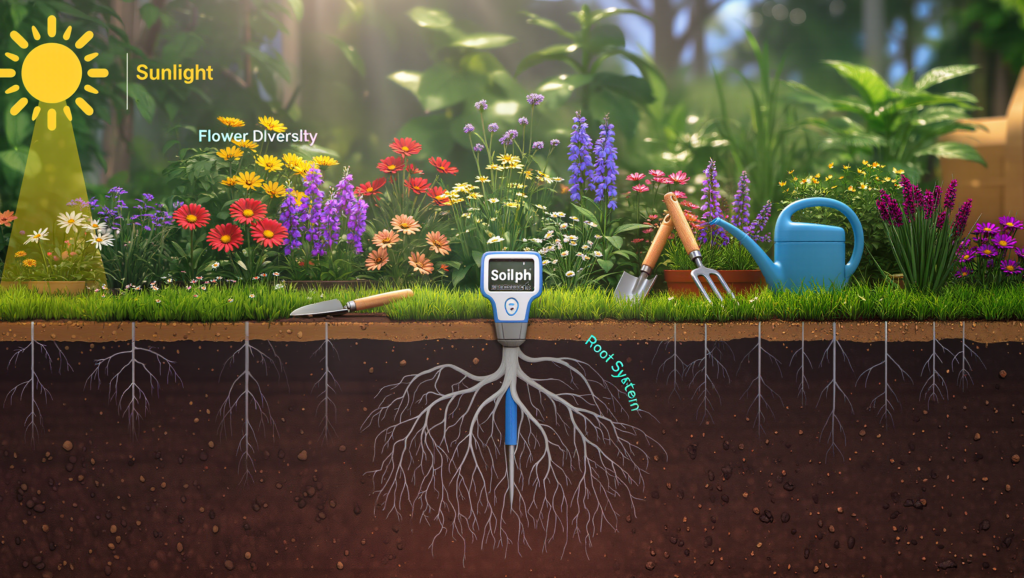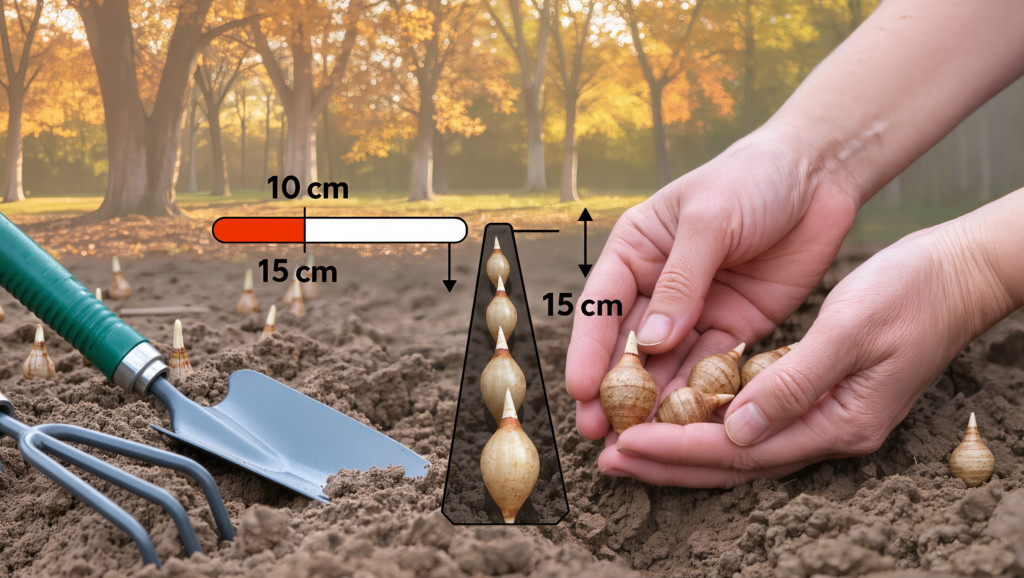Stuck in a harvest rut or frustrated by weak, compacted garden soil? You’re not alone. Most home gardeners (and even many professionals) rely on conventional tilling and shallow digging—which can lead to mediocre crops, poor drainage, and soil that gets tired after just a few seasons. But in the passionate world of soil geeks and old-school horticulturists, there’s a “forbidden”—or at least forgotten—method that’s been turning small plots into lush, high-yield jungles for centuries: double digging.
Why “forbidden”? The technique is rarely recommended by today’s gardening authorities, often ignored for being too labor-intensive or controversial for its deep soil disturbance. Yet research and firsthand accounts show double digging can double vegetable yields, especially in new or compacted soils. Ready for a deep dive (literally)? Let’s dig into double digging’s secrets, science, and why it’s the missing link for bumper crops.
What is Double Digging?
Double digging is an intensive soil preparation technique where you loosen and amend two layers of soil (rather than just the top spade’s depth), simultaneously raising the bed and supercharging its growing potential. While regular digging breaks up the top 8–12 inches of soil, double digging goes twice as deep—unlocking drainage, aeration, and root growth that shallow tilling can’t deliver.
Origins: This method came from small-scale market gardens on the outskirts of Paris, where space was precious, and heavy clay soil was tamed for maximum productivity. Brought to the US in the 20th century by Alan Chadwick and popularized by John Jeavons, double digging became legendary among organic gardening circles but lost favor as “no-dig” and minimalist techniques gained popularity.
Why Is Double Digging “Forbidden” Today?
Most modern gardening guides and even organic authorities rarely mention double digging—in fact, some caution against it. Here’s why:
- Labor Intensity: Double digging is sweaty, hands-on work. It requires shoveling out two trenches, often down to 24 inches; it’s physically demanding and time-consuming, especially for large gardens.
- Soil Ecology Concerns: Recent trends favor minimal soil disturbance to protect fungal networks, beneficial microbes, and carbon stores. Double digging flips the traditional advice to “leave soil structure alone” on its head.
- Controversial Results: Critics argue that better yields can be achieved with raised beds or no-dig mulching. That said, firsthand reports, historical data, and yield studies repeatedly show double digging outcompetes other techniques—especially in poor or tired soils.
But here’s the catch: On compacted or brand-new beds, double digging can transform poor soil into fertile, drought-resistant ground in just one season—making it a powerful tool for intense food production or starting a new plot.
Step-by-Step: The Double Digging Method
1. Mark Your Bed
Lay out a bed no wider than 3–4 feet (for easy access from both sides) and as long as needed.
2. Remove Weeds/Grass
Clear the bed area of all sod, weeds, and surface detritus.
3. Dig First Trench
Dig a trench, about one spade’s width and one spade’s depth (roughly 12 inches) along the edge of your new bed. Place this soil aside for later use.
4. Loosen Subsoil
With a garden fork, loosen the soil at the bottom of the trench another 12 inches (don’t turn it over—just break it up and make holes). Spread compost or other organic amendments over the loosened subsoil.
5. Start Second Trench
Dig a parallel trench next to the first, moving the soil from the second trench into the first one to cover up the bottom layer. Again, loosen the subsoil below the second trench and add compost.
6. Repeat
Continue this pattern until the whole bed is double dug. The soil from the very first trench is used to fill the last trench.
7. Top Dress and Plant
After the entire area is double dug, spread a layer of compost over the top, smooth, and plant as normal.
Golden rule: Never walk on the newly-dug bed—the soil structure is fragile and precious.
The Science: How Does Double Digging Double Yields?
1. Aeration and Drainage
Going two spits deep creates a sponge-like layer that absorbs rainwater, drains quickly, and resists compaction. Roots can explore twice as much soil depth—meaning more nutrients per plant and less rot when it pours.
2. Root Penetration
Vegetables with long taproots (carrots, parsnips, tomatoes) thrive when they aren’t blocked by hardpan or dense, shallow beds. This helps roots access minerals at lower layers and makes them more drought-tolerant.
3. Soil Structure and Microbes
By integrating organic matter and loosening clay or silt below, you jumpstart beneficial microbial life and boost soil fertility faster than surface applications alone.
4. Reduced Water Needs
Double-dug soil is like a sponge: it holds moisture more efficiently, meaning less irrigation and fewer water worries during droughts. This is why double digging gained popularity in regions plagued by poor water retention.
Yield Case Studies and Evidence
- John Jeavons’ trials showed gardens prepared with double digging produced up to twice the yield per square foot compared to conventional beds. Tomatoes, squash, beans, and potatoes all grew larger, faster, and lusher—while using less water and fertilizer.
- French intensive gardens routinely produced several harvests per year, enabling micro-farms to support whole communities in small spaces.
- Soil health metrics (measured by porosity, organic matter, root length) improved drastically compared to single digging or tilling.
Double Digging vs. Popular Modern Methods
| Method | Soil Depth | Labor | Yields | Pros | Cons |
|---|---|---|---|---|---|
| Double Digging | 24″ | High | Highest | Excellent drainage, root growth | Physical work, soil disturbance |
| Raised Beds | Variable | Med | High | Convenient, neat | Doesn’t solve compaction |
| No-Dig | Top layer | Low | Good | Easy, favors mycorrhizae | Poor aeration in compacted soils |
Double digging especially shines for new beds, clay-heavy areas, or soil that’s been neglected. For mature, well-mulched gardens, no-dig may be preferable for maintenance.
The Forbidden Fruit: Why It Still Matters
So why isn’t double digging on every gardening show and in every book? Simply put, it’s hard work, unglamorous, and goes against current soil conservation trends. Yet, for new gardens, neglected plots, and those needing to maximize food production, it can double your vegetable yields in a single season.
Modern garden wisdom often downplays the technique, but in challenging soils and urgent situations—think urban food deserts, organic start-ups, or climate-stressed plots—double digging quietly delivers the best results.
Practical Tips and Pitfalls
- Start small. Try a single bed; reap the results before expanding.
- Add plenty of compost at each stage. The more organic material you add, the better your yields.
- Don’t compact your new bed. Lay planks or boards for stepping across.
- Don’t double dig every year. Once every 3–5 years is plenty, especially on poor soil.
Conclusion: Rediscover the Yield-Boosting Power Beneath Your Feet
Double digging may be physically demanding, but for maximizing vegetable yields and revitalizing tired soil, it’s an ancient—and almost “forbidden”—technique that modern science and tradition agree on. If you’re looking for an answer to low yields, compacted ground, or want to feed more people from a small plot, dare to revive double digging. Don’t let this powerful, overlooked method remain a gardening secret—it can literally double your harvests, unlock your soil’s potential, and renew your connection to centuries of growing wisdom.








